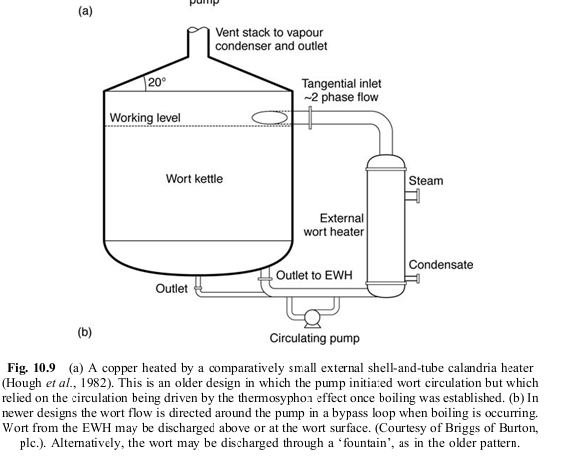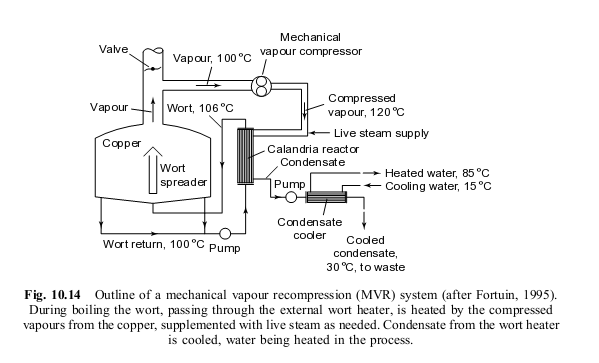Hello -
We are building a new house and my wife loves my vanilla porter...so I have a budget to spend on a brew room (I married well). Now I'm brewing with a Grainfather (version 1) but have the parts to move to a 20 gal e-system, which is what I'll be using in the new house. I have an exhaust vent spec'd in for a basement brew room and a sink. It's expensive but I'm ok with it (couldn't do the floor drain but could utilize the sump if I go with the condenser).
I've been reading about steam condensers though.
What would you do, vent with a hood or just use a steam condenser?
Thanks -
We are building a new house and my wife loves my vanilla porter...so I have a budget to spend on a brew room (I married well). Now I'm brewing with a Grainfather (version 1) but have the parts to move to a 20 gal e-system, which is what I'll be using in the new house. I have an exhaust vent spec'd in for a basement brew room and a sink. It's expensive but I'm ok with it (couldn't do the floor drain but could utilize the sump if I go with the condenser).
I've been reading about steam condensers though.
What would you do, vent with a hood or just use a steam condenser?
Thanks -













































![Craft A Brew - Safale S-04 Dry Yeast - Fermentis - English Ale Dry Yeast - For English and American Ales and Hard Apple Ciders - Ingredients for Home Brewing - Beer Making Supplies - [1 Pack]](https://m.media-amazon.com/images/I/41fVGNh6JfL._SL500_.jpg)















